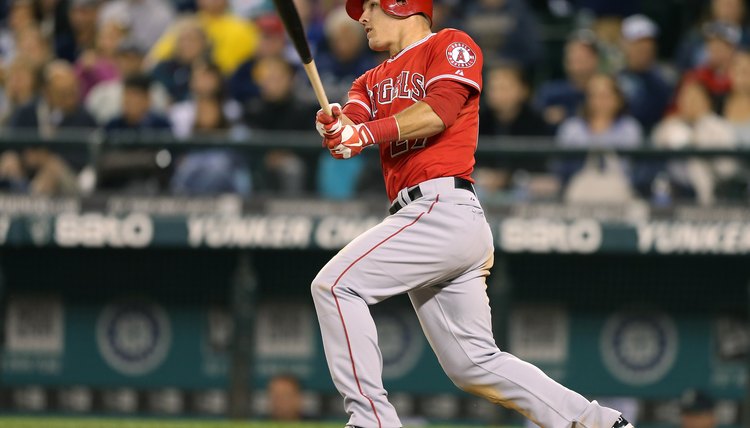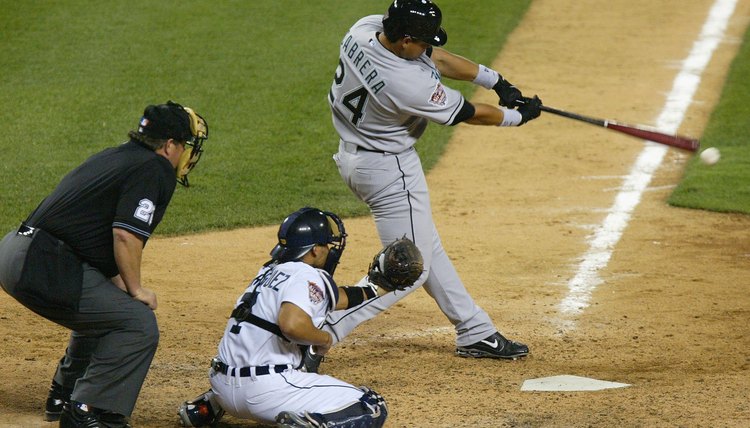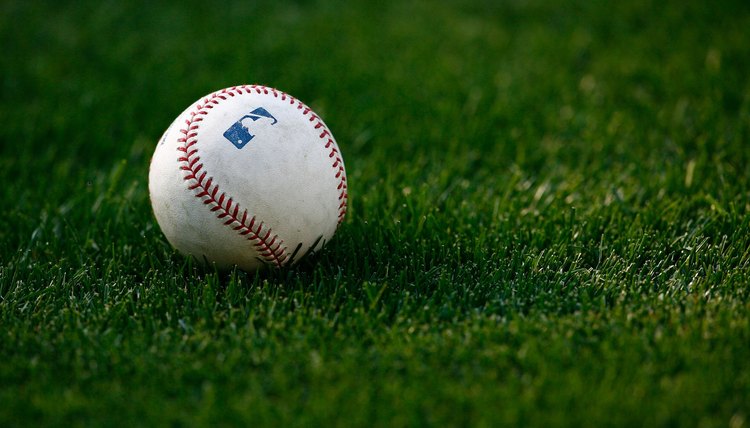Baseball Rules on a Hit Ball That Hits Home Plate

Picture this: you’re at the ballpark watching your favorite MLB team, who is losing by one run with the bases loaded in the ninth inning. Your favorite player, Mike Trout, is at bat in the batter’s box. The pitcher throws two balls to start the at bat, and Trout hits a foul tip on the next pitch and fouls the next one out of play. 2-2. You know Trout has to swing at anything close to the strike zone to avoid a called third strike.
The pitch comes, and rather than hitting the long fly ball into the outfield or home run you need to win the game, Trout hits it off of the lower part of the bat, sending it straight down towards home plate. What does the official rule book of baseball say about that? What will the home plate umpire call? Is it an automatic strike? A foul ball? A fair ball?

Baseball Rules When a Batted Ball Hits Home Plate
When the ball is hit into home plate, the end results could be either fair or foul, depending on where it ends up, because home plate is considered fair ground.
Fair Ball
If the batter hits the ball into home plate, it must roll forward anywhere between the first- and third-base lines to be ruled a live, fair ball. It may also pop up into fair territory after striking the plate, or in very rare circumstances, it can strike the plate and remain there, between the first base and third base foul lines.

Foul Ball
If the batter swings and makes contact and the ball bounces, rolls or pops up into foul territory after striking the plate, the ump will immediately declare a dead ball, and all play momentarily stops. If the batter has less than two strikes, a strike will be assessed to the count. If the batter has two strikes, no other consequence will occur, and the pitcher must throw again.
Writer Bio
Bobby R. Goldsmith is a writer and editor with over 12 years of experience in journalism, marketing and academics. His work has been published by the Santa Fe Writers Project, "DASH Literary Journal," the "Inland Valley Daily Bulletin" and WiseGEEK.
